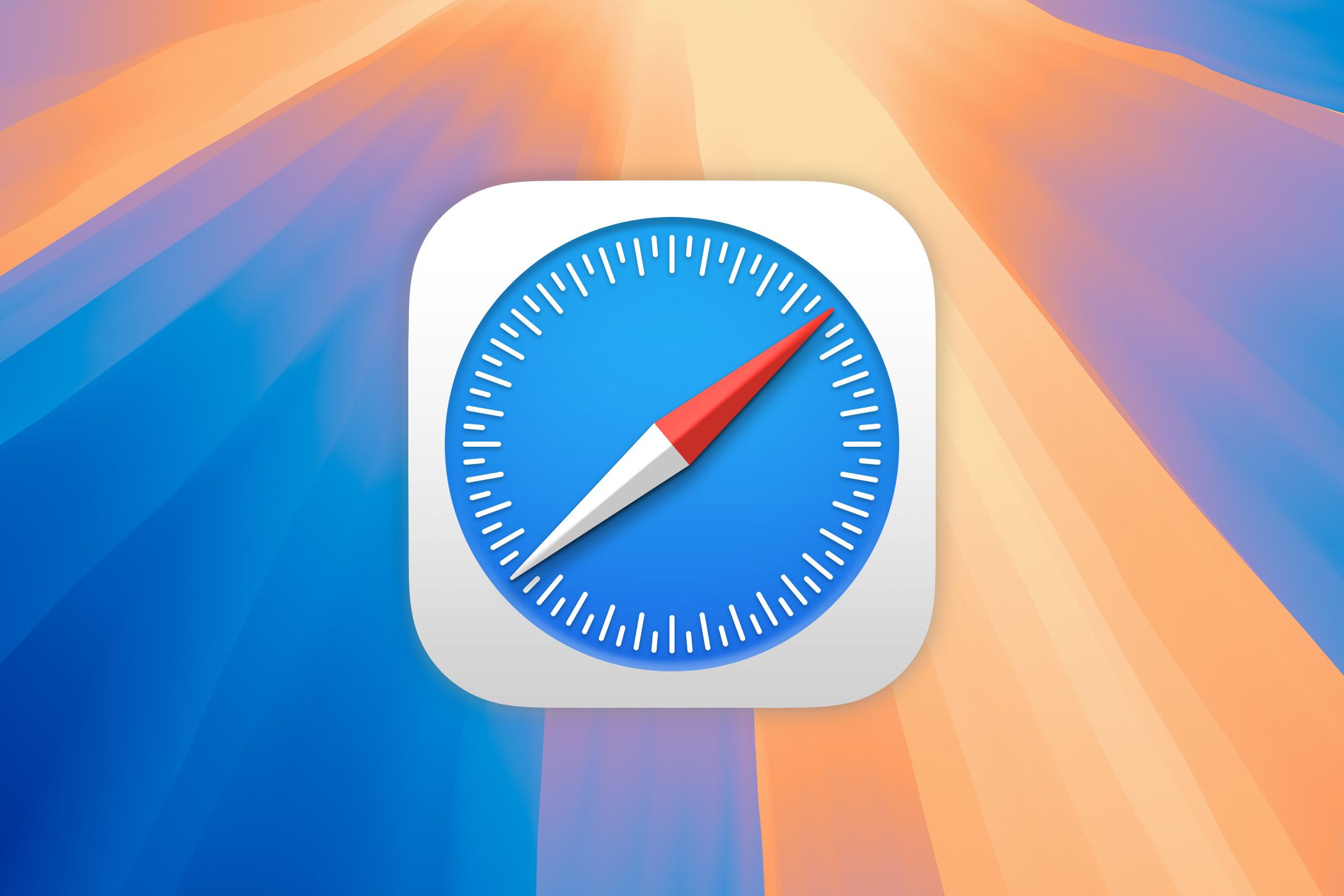Safari 18 is now rolling out on iPhone, iPad, and Mac devices everywhere, and it’s packed with new features. However, you might also run into issues because of something Apple removed: support for JPEG 2000 images.
Safari 18 is included in the iOS 18, iPadOS 18, and macOS Sequoia updates that were just released. It adds dozens of new features for users and web developers, most notably Distraction Control for hiding annoying web page elements and a new video viewer, but it also removes a few features that are mostly unused or not in present-day web standards. Apple explained in a blog post, “This helps align browser engines, improve interoperability, and prevent compatibility problems by reducing the possibility that a website depends on something that’s not a web standard.”
The new update removes support for the JPEG 2000 image format. It’s one of many image formats intended to be a successor to the original JPEG image format, with more compression options and support for high dynamic range, but it never caught on with web browsers. JPEG 2000 support was added in Safari 5.0, which was released in 2010, and no other web browsers ever added it. WebP and AVIF are now more common in web images, and the original JPEG format is still going strong.
Since JPEG 2000 was never added to other web browsers, most websites never used it for web images. However, some sites use content delivery networks (CDNs) that convert images to different formats depending on the browser to increase loading time— this is usually how you get WebP images in Chrome or Edge. Apple says some of those CDNs provide JPEG 2000 images to Safari users, which won’t load anymore in Safari 18.
Apple said in a blog post, “We have noticed that some Content Deliver Networks (CDN) use User Agent sniffing to provide one file to each UA, offering only JPEG2000 images to Safari — especially on iPhone and iPad. If you expect this might be happening with your site, we recommend testing in Safari 18.0 on both macOS Sequoia and iOS or iPadOS 18.”
This might result in you seeing some broken images on pages with Safari 18. It should be fixed eventually, but in the meantime, you can try loading broken pages in a different web browser.
Source: WebKit Blog





